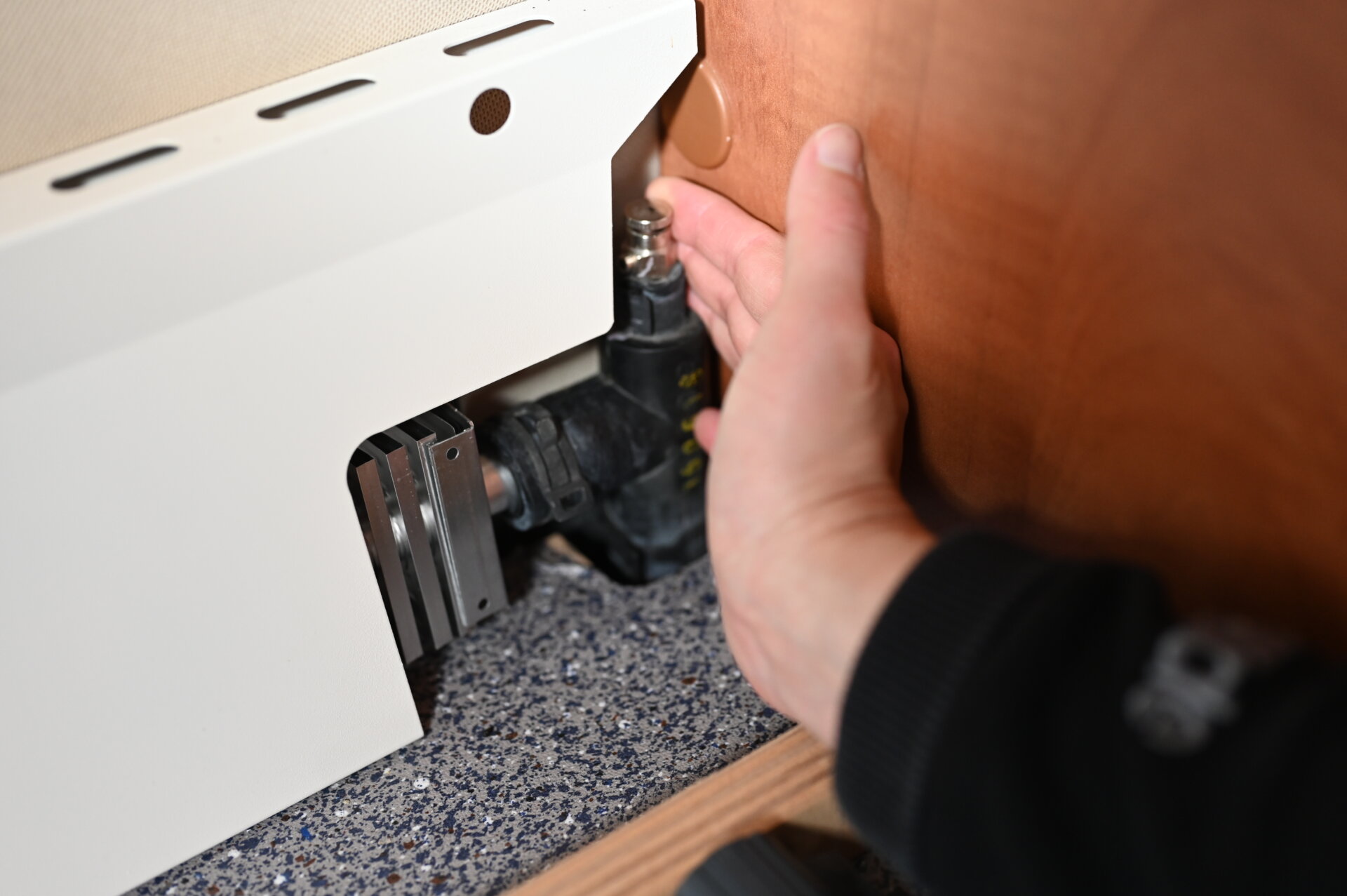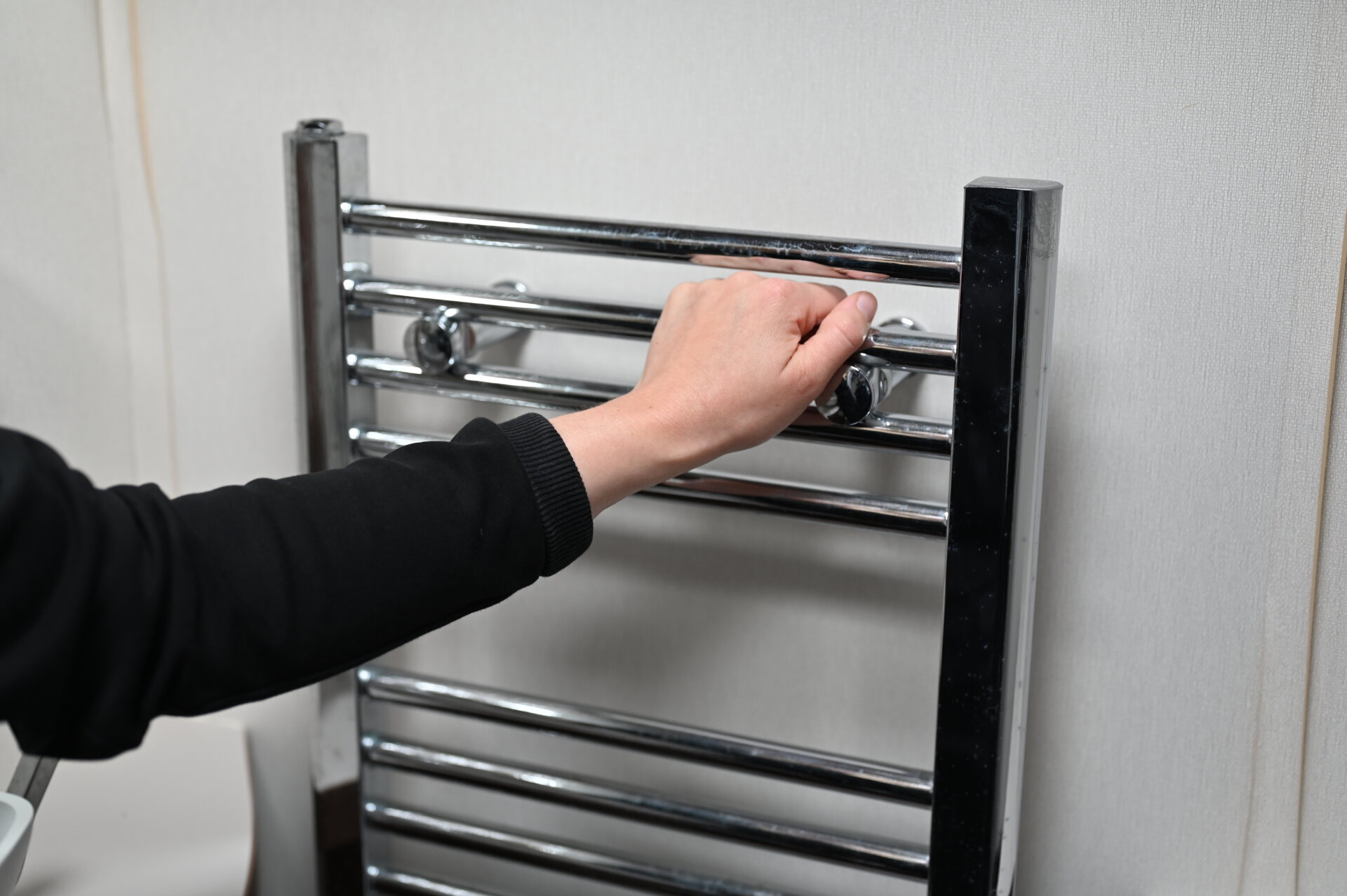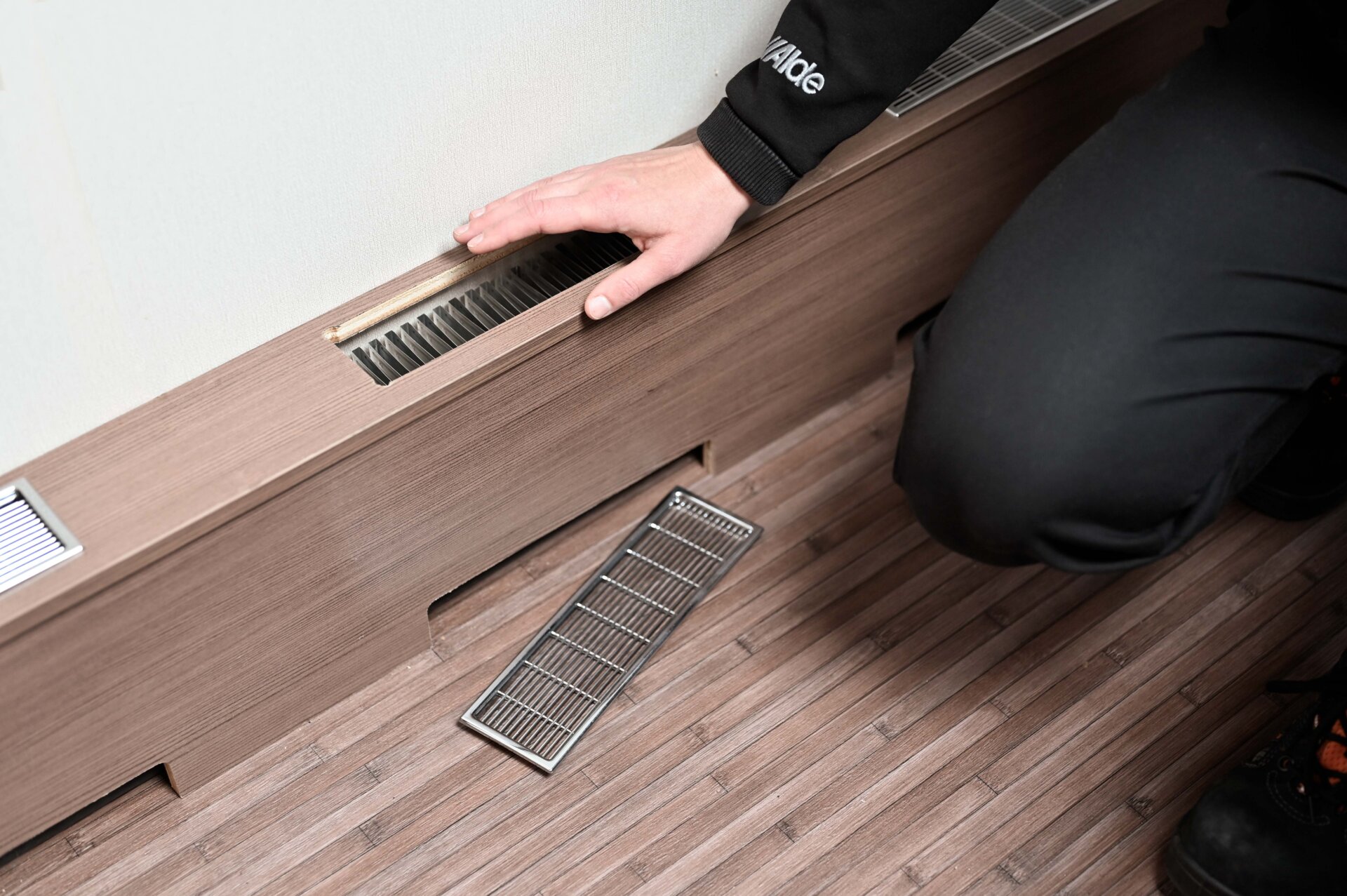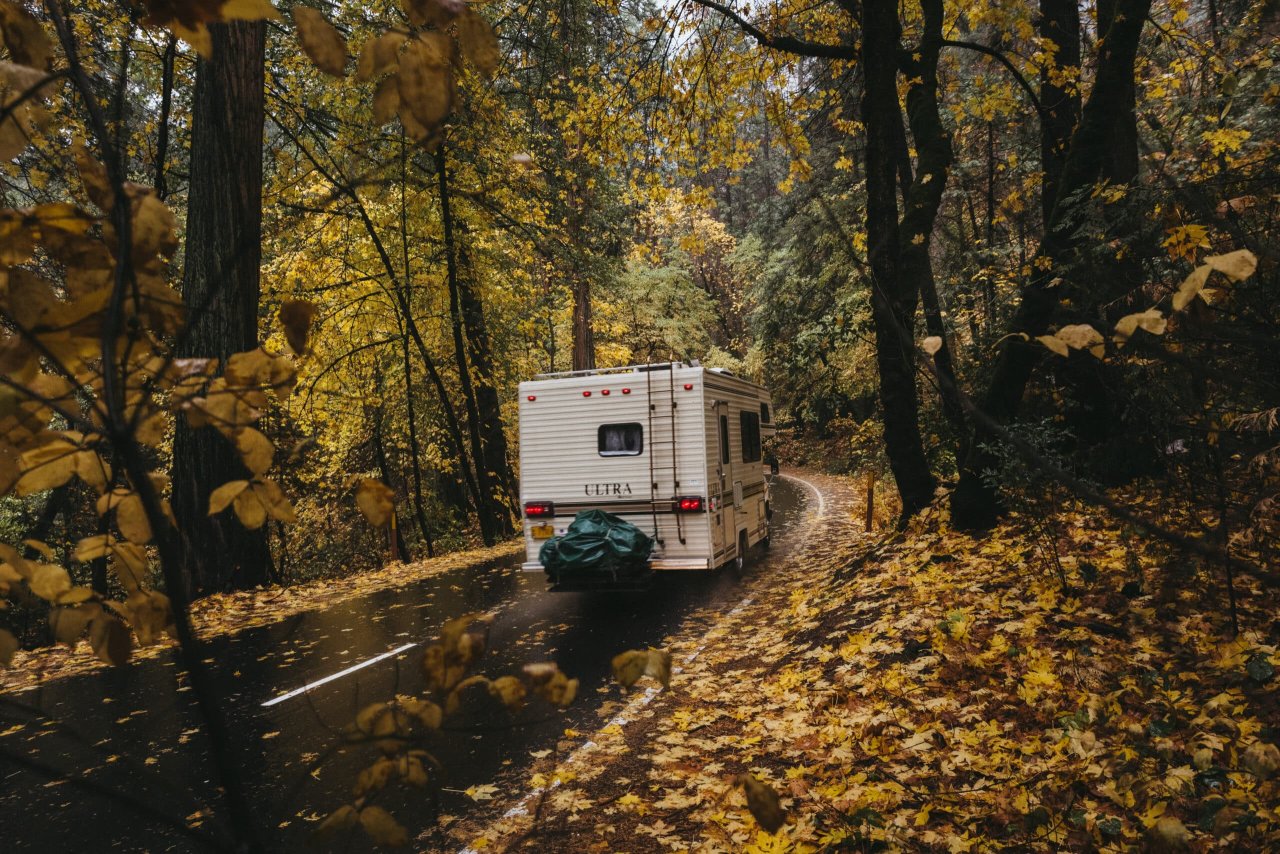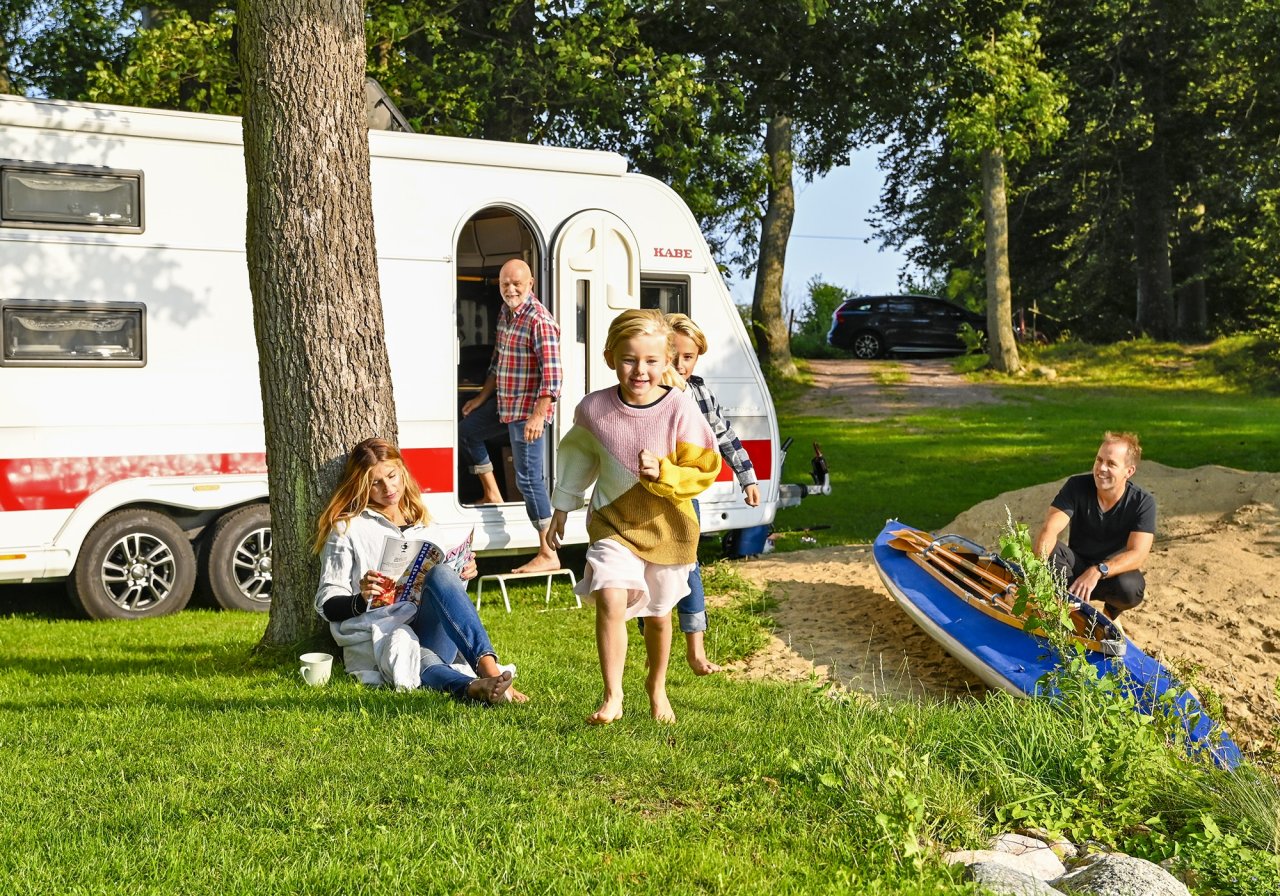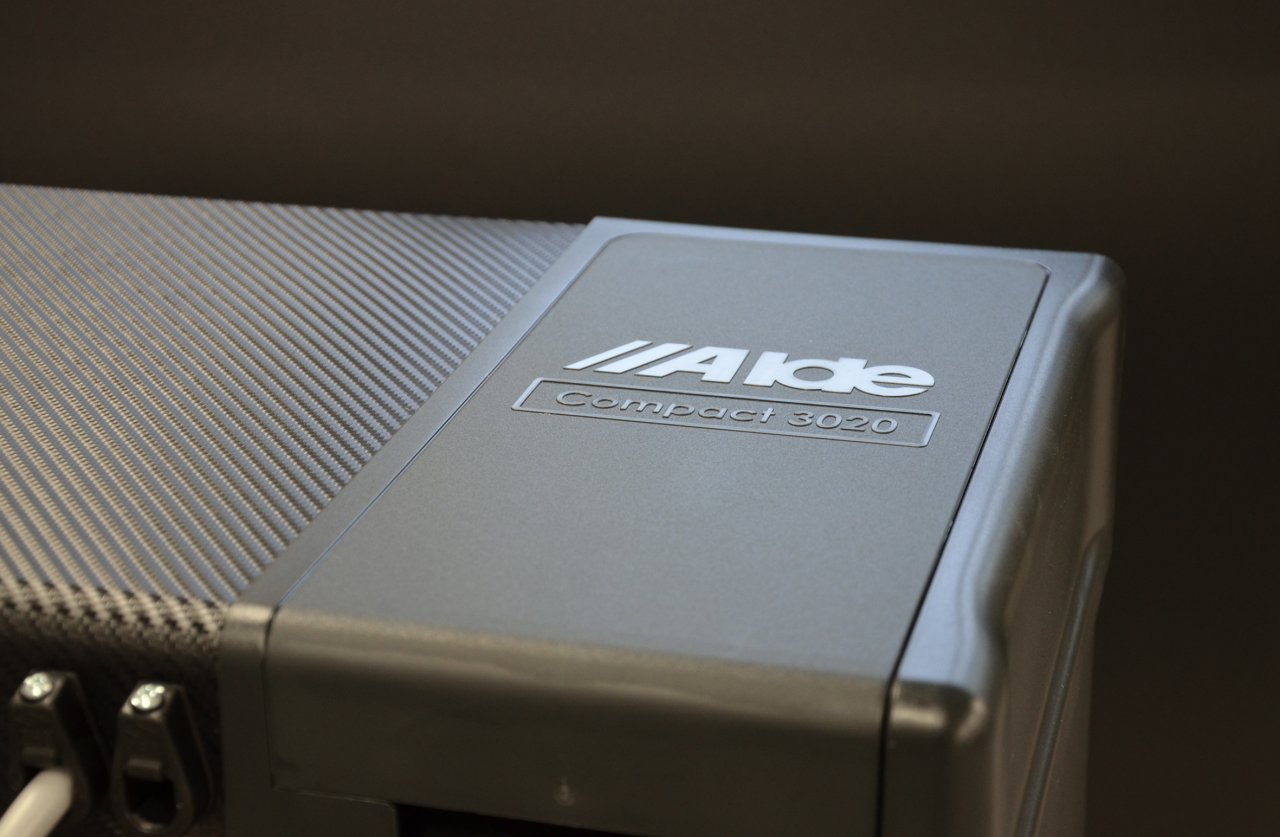Hydronic heating is based on the principle that a boiler warms glycol fluid. The fluid is distributed via pipes, convectors and other heating accessories throughout the whole vehicle. The heat convects up, enveloping the entire inside in an gentle and unobtrusive warmth.
Alde provides a buildable and adaptable system, which makes it suitable for a vast scope of vehicles.


